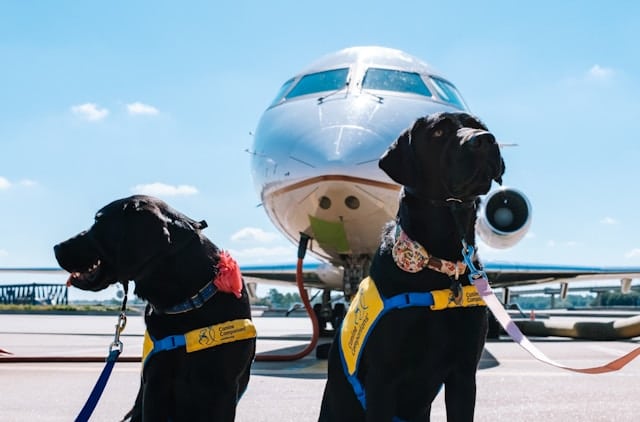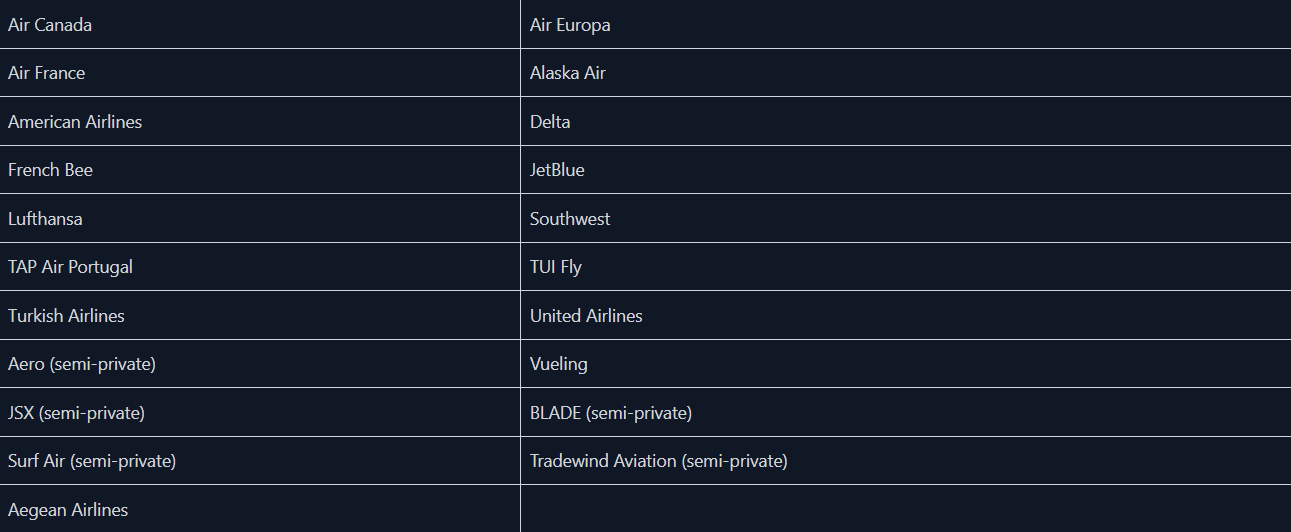Traveling can be both exciting and exhausting, and bringing a pet along only adds to the mix. For some, pets are essential travel companions, providing emotional or “service” support. As traveling with pets becomes more common, it’s not unusual to see cats and dogs accompanying their owners at the airport.
Pets are often more than just animals—they’re part of the family. Leaving them behind during vacations can be heartbreaking, especially for those who rely on their pets. For many, the idea of traveling without their furry companions is simply unimaginable.

In the past, pets traveling by plane were typically checked in, placed in cages, and transported in the cargo area. They would then be retrieved at the baggage claim upon arrival. Although incidents are rare, families often worry about their pets traveling as cargo, fearing they may feel scared or disoriented.
For some individuals, pets are more than just companions—they’re lifesavers. Service animals can detect low blood sugar, alert to seizures, or sense cardiac issues. For these people, having their pets by their side is crucial for their own safety. The demand for allowing pets in the cabin has grown, and by the end of 2023, over 20 airlines worldwide opened their cabins to pets.
Airlines such as Air Canada, French Bee, TAP Air Portugal, Delta, Lufthansa, and United Airlines allow pets in the cabin, but each has its own requirements. These often involve restrictions on the pet’s breed, size, and age. For instance, some airlines require puppies to be at least eight weeks old, while others set the limit at 12 weeks. United Airlines has no breed or weight restrictions, but pets must be in a carrier that fits under the seat. Service animals, however, are allowed to sit without a carrier and may even occupy their own seat.
In most cases, emotional support animals are not considered service animals and are treated as pets by airlines. This means they can only sit in the cabin if they meet specific criteria. To travel in the cabin, pets must serve a medical purpose beyond reducing anxiety, though general pets and emotional support animals are sometimes permitted under specific guidelines.
For those with aerophobia—an anxiety affecting millions—emotional support animals offer comfort. However, unlike service animals, emotional support animals don’t perform specific medical functions. Service animals, trained to assist their owners with particular tasks, generally fly for free.
Some passengers feel conflicted about pets flying in the cabin. In 2019, a passenger shared with USA TODAY his concern over a flight with dogs onboard, questioning the necessity of their presence. “I understand people have special needs,” he said, “but it seemed more like a free trip for the dog than support for the owner.”
While opinions differ, airlines try to balance pet accommodations with respect for passengers who may have allergies or fear of animals. However, traveling with pets requires careful consideration to ensure a pleasant experience for all involved.

First, assess whether your pet can handle air travel. Many pets get anxious or uncomfortable, so it might be kinder to leave them at home if possible. If that’s not an option, consider ways to keep them calm, such as using herbal remedies or CBD treatments, bringing familiar items, and ensuring the flight duration isn’t too long.
Additionally, think about the costs involved in traveling with a pet. Beyond airfare, pets often require vet checkups, vaccinations, and anxiety medications, not to mention essentials like food, treats, and waste bags. Clayton Lopez shared that his travel expenses for his cats were steep, only to find his cats didn’t enjoy the journey.
Lastly, plan ahead. Look into pet-friendly accommodations and parks, and ensure all documents, vaccinations, and airline requirements are met. Plan for rest stops and allow pets to explore their surroundings. After all, the adventure is just as new for them as it is for you.


